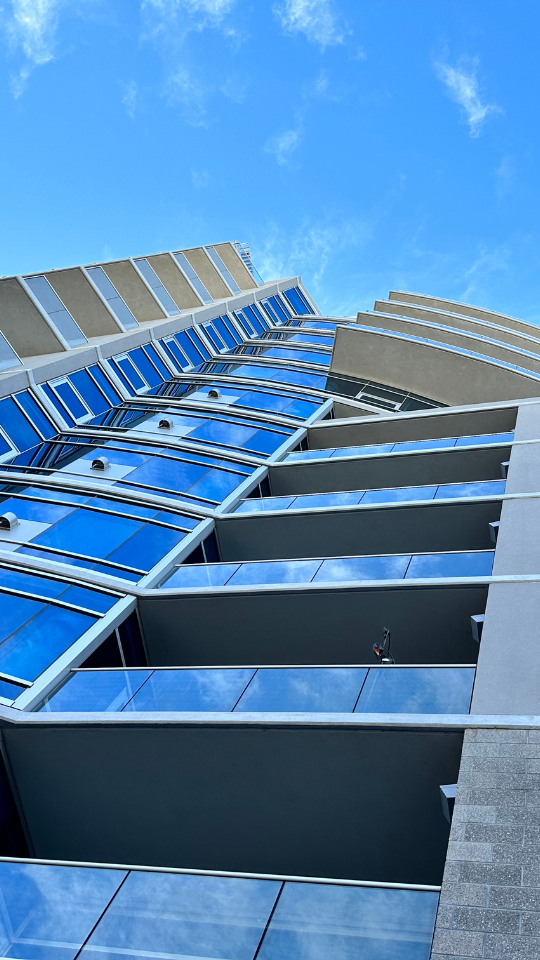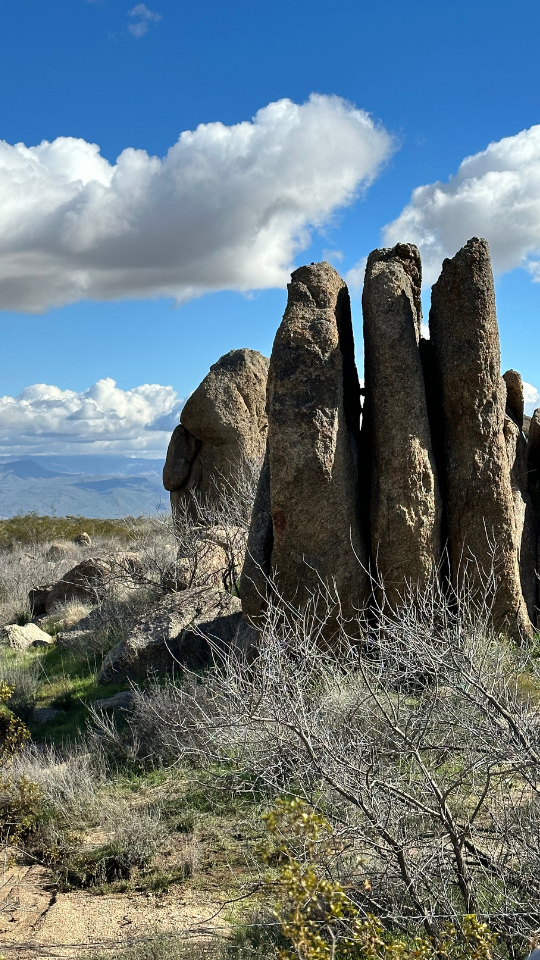Phoenix’s divergence suggests more resilient local fundamentals—migration, job growth, and supply constraints. Nationally, median home prices were down ~0.6 % and pending sales were collapsing ~31 %, indicating broader weakness. The relative strength tempers downside risk in Phoenix-centric holdings. From tax revenue projections, this resilience helps sustain municipal forecasts. Policymakers may point to this in justifying infrastructure or housing policy. For value stability, the local cushion provides greater breathing room than many other U.S. markets.

The Mattel Adventure Park in Glendale, adjacent to the VAI Resort, blends immersive attractions tied to brands like Barbie and Hot Wheels. It represents a large experiential, tourism-driven real-estate anchor. Nearby hospitality, retail, entertainment real-estate may see uplift from increased visitation traffic. Local jurisdictions will face infrastructure demands (roads, parking, utilities). From a regulatory angle, permitting and event zoning will be important. In value terms, properties in surrounding districts may see revaluation linked to visitor amenities and foot traffic.
The Valley is seeing many sellers withdraw properties rather than reduce price or continue listing, driven by mismatches between seller expectations and buyer demand. Heat, mortgage rates, and buyer caution all factor. This trend increases illiquidity risk for residential portfolios. From a tax perspective, fewer closed sales slow turnover and thus compress transaction tax revenue. Local governments may respond with incentive or marketing programs. In value terms, homes in prime nodes or strong school districts will better resist these pressures.
The legislation repeals a local referendum on rezoning for Axon’s development, which includes ~1,900 apartments and a hotel on land formerly zoned light industrial. The new law mandates that in cities with populations of 200,000–500,000, developments tied to international business headquarters be permitted, overriding local referenda. This move reduces regulatory uncertainty for that project, and signals a willingness by the state to constrain local voter control over development in special cases. For investors, this may reduce execution risk in similar projects. Tax implications include assured density and associated levy. From a long-term governance perspective, it recalibrates the balance between local autonomy and state-level economic incentives.
Active listings in Phoenix have risen from ~3,706 three months ago to ~4,385 currently, indicating a loosening of supply constraints. Days on market have lengthened (now averaging 100 days vs ~92 earlier). The average sale price has slipped from ~$574,899 to ~$555,934. Months of inventory is ~4.1, suggesting more balance between buyers and sellers. This environment reduces urgency premiums and increases negotiation power for buyers, which may compress returns for sellers and investors. For municipal tax estimates, this may moderate forecasted growth. In spatial terms, properties in newer, less proven corridors face higher downside risk.
According to affordability research, values in Greater Phoenix have fallen nearly 7 % over the cycle, though only ~1.25 % since late 2024. Meanwhile, mortgage rates have climbed (30-year fixed at ~6.82 %) which suppresses buying power. These trends erode equity cushions in leveraged deals, and may challenge debt servicing in marginal deals. From a tax view, lower assessed values may cause compression in property tax revenues. For longer term holdings, careful location selection and cashflow stress testing become more critical.
A new analysis shows that Phoenix developers managed—temporarily—to outpace demographic growth via multifamily construction between 2022 and 2024. But that momentum is already fading, and forecasts suggest population growth will again overtake housing additions by 2026. The short-lived balance eases pressure on pricing, but rising costs and tight credit may prevent a sharp downturn. For portfolio holders, this grants limited downside buffer. On the policy side, it may moderate calls for emergency incentives. In terms of long-term value, locations with strong fundamentals remain safer bets as supply and demand re-equilibrate.
Phoenix’s purchase marks a concrete step in the “Rio Reimagined” program involving Avondale, Buckeye, Mesa, Tempe, Maricopa County, and tribal partners. The acquired parcel (currently occupied by Ace Asphalt) may be cleared for future mixed-use, public space, or waterfront activation—though design plans are pending. The local segment, called RIO PHX, spans 20 miles. The entire plan is projected to unfold over 25 to 40 years. For investors, this signals commitment to long-horizon catalytic infrastructure. From a tax and municipal finance lens, future incremental value gains will factor into special districts or assessments. Regulatory and land-use coordination will be essential across jurisdictions. In a sustainability sense, visioning around water, habitat, mobility, and open space will influence real-estate outcomes.



 Arizona Cardinals’ $136 Million “Headquarters Alley” Project: How a 217-Acre Deal Will Redefine North Phoenix by 2028
Arizona Cardinals’ $136 Million “Headquarters Alley” Project: How a 217-Acre Deal Will Redefine North Phoenix by 2028 Public Safety as an Asset Class: The New Scottsdale AdvantageIn today’s Smart City economy, safety isn’t simply about peace of mind—it’s becoming a measurable, marketable asset class. Scottsdale is proving that public safety can be engineered into the fabric of
Public Safety as an Asset Class: The New Scottsdale AdvantageIn today’s Smart City economy, safety isn’t simply about peace of mind—it’s becoming a measurable, marketable asset class. Scottsdale is proving that public safety can be engineered into the fabric of
 Is This Evidence of Deurbanization?Redfin notes about 28 % more single-family sellers than buyers, while condos have 83 % more sellers than buyers
Is This Evidence of Deurbanization?Redfin notes about 28 % more single-family sellers than buyers, while condos have 83 % more sellers than buyers Scottsdale, Chandler, Gilbert, and Peoria all landed within the top 10 U.S. metros—celebrated for rental affordability, job access, lifestyle quality, and even renter protectionsArizona’s East Valley has quietly emerged as a standout for renters, with Scottsdale, Chandler, Gilbert, and Peoria all landing among the top 10 U.S. metro areas in WalletHub’s 2025 “Best & Worst
Scottsdale, Chandler, Gilbert, and Peoria all landed within the top 10 U.S. metros—celebrated for rental affordability, job access, lifestyle quality, and even renter protectionsArizona’s East Valley has quietly emerged as a standout for renters, with Scottsdale, Chandler, Gilbert, and Peoria all landing among the top 10 U.S. metro areas in WalletHub’s 2025 “Best & Worst  Banner Health’s $400 Million Comeback: How North Scottsdale’s New Hospital Could Redefine Arizona’s Medical CorridorWhen a city’s skyline begins to change, it’s rarely just about architecture—it’s about ambition, identity, and the human stories that will fill those new walls. North Scottsdale is once again standing
Banner Health’s $400 Million Comeback: How North Scottsdale’s New Hospital Could Redefine Arizona’s Medical CorridorWhen a city’s skyline begins to change, it’s rarely just about architecture—it’s about ambition, identity, and the human stories that will fill those new walls. North Scottsdale is once again standingNice to meet you! I’m Katrina Golikova, and I believe you landed here for a reason.
I help my clients to reach their real estate goals through thriving creative solutions and love to share my knowledge.

